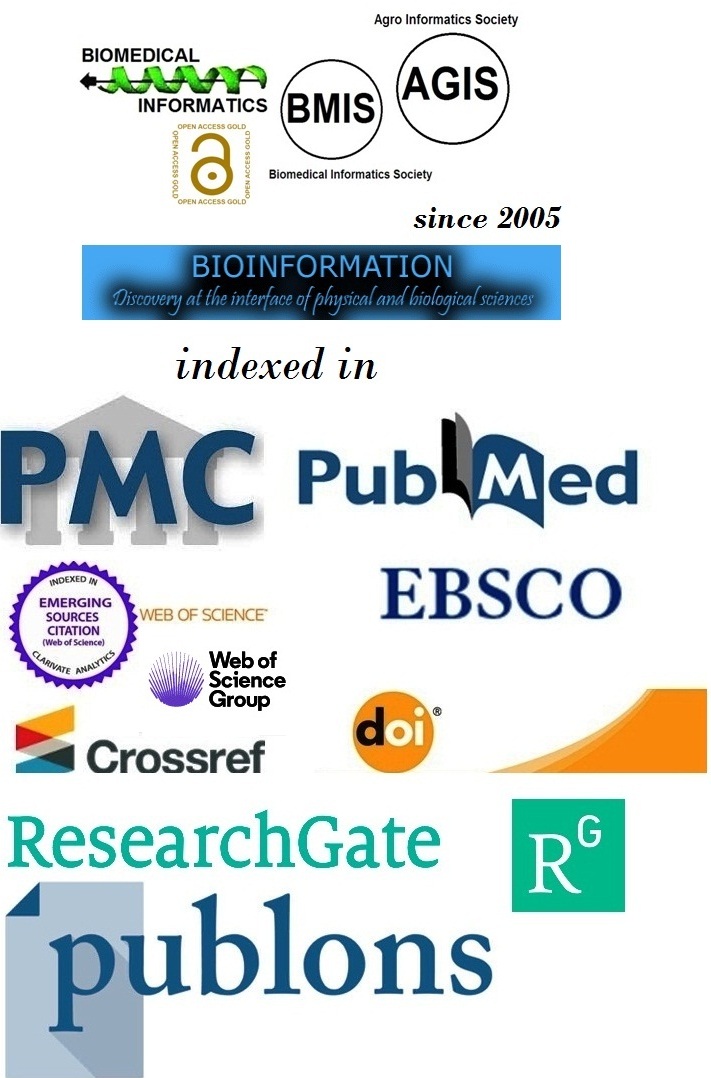Title
Effect of resin infiltration system and pit-fissure sealant on white spot lesion: An in vitro study
Authors
Ali Khan1, Satish Maran1, Rachana Jain2,*, Shivangi Verma3, Jairahadeep Satnam Singh4 & Madiha Khan1
Affiliation
1Department of Pediatric and Preventive Dentistry, People's Dental Academy Bhopal, People's University, Bhopal, Madhya Pradesh, India; 2Department of Pediatric and Preventive Dentistry, Daswani Dental college and Research center, Kota, Rajasthan, India; 3Department of Pediatric and Preventive Dentistry, RKDF Dental College Bhopal, Madhya Pradesh, India; 4Private Practitioner, New England Dental Care Massachusetts, USA; *Corresponding author
Ali Khan - E-mail: khanali92@rediffmail.com
Satish Maran - E-mail: popey.sat17@yahoo.co.in
Rachana Jain - E-mail: medicorachna@gmail.com
Shivangi Verma - E-mail: shivangi23691@gmail.com
Jairahadeep Satnam Singh - E-mail: doc.jrd@gmail.com
Madiha Khan - E-mail: drmadihakhan02@gmail.com
Article Type
Research Article
Date
Received May 1, 2025; Revised May 31, 2025; Accepted May 31, 2025, Published May 31, 2025
Abstract
Demineralization causes dissolution of calcium hydroxyapatite crystals from enamel surface and leads to formation of micro-porosities resulting in chalky white patches on tooth surface thereby causing a white spot lesions. Therefore, it is of interest to compare the surface roughness, micro-hardness and masking effect of commonly used pit and fissure sealant (GC, fuji VII, IVOCLAR, helioseal F) and DMG ICON in artificial carious lesions. A total of 80 freshly extracted premolars were collected for the study. The enamel surfaces were treated using both resin infiltration and fissure sealant techniques (GC, fuji VII, IVOCLAR, helioseal F). Surface roughness was assessed with a surface profilometer, while microhardness was evaluated using the Vickers hardness test. The masking effect was determined through the Visual Analogue Scale (VAS). The highest surface roughness was observed in specimens treated with DMG ICON, followed by those treated with GC Fuji VII, while the lowest roughness was recorded by Helioseal-F in the group. In terms of microhardness, GC Fuji VII demonstrated the highest values, followed by Helioseal-F, with ICON showing the lowest. The masking ability was found to be most effective in the ICON group, which outperformed both Helioseal-F and GC Fuji VII. ICON camouflages the white spot lesions by matching the refractive index of healthy enamel. GC fuji VII helps to prevent white spot lesions by releasing fluoride, but cannot reverse or mask existing one.
Keywords
ICON resin infiltration, pit and fissure sealant, white spot lesions, remineralisation
Citation
Khan et al. Bioinformation 21(5): 1169-1175 (2025)
Edited by
Neelam Goyal & Shruti Dabi
ISSN
0973-2063
Publisher
License
This is an Open Access article which permits unrestricted use, distribution, and reproduction in any medium, provided the original work is properly credited. This is distributed under the terms of the Creative Commons Attribution License.
